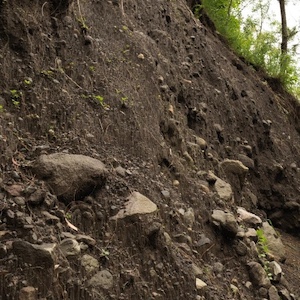Original Articles
15 December 2016
Vol. 47 No. 4 (2016)
Time consumption and productivity of a medium size mobile tower yarder in downhill and uphill configurations: a case study in Czech Republic

Publisher's note
All claims expressed in this article are solely those of the authors and do not necessarily represent those of their affiliated organizations, or those of the publisher, the editors and the reviewers. Any product that may be evaluated in this article or claim that may be made by its manufacturer is not guaranteed or endorsed by the publisher.
All claims expressed in this article are solely those of the authors and do not necessarily represent those of their affiliated organizations, or those of the publisher, the editors and the reviewers. Any product that may be evaluated in this article or claim that may be made by its manufacturer is not guaranteed or endorsed by the publisher.
3211
Views
962
Downloads
976
HTML














